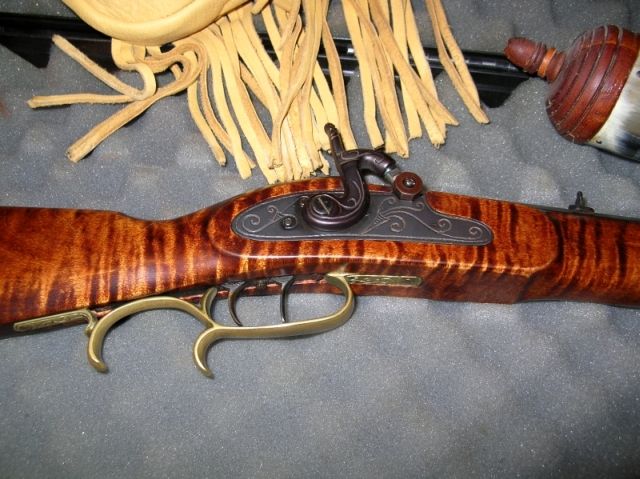I have this dual trigger set up on a muzzleloader that I acquired from my grandfather but when I pull the hammer back neither trigger will work. I know the rear is a set trigger but that's all I know. I do not even know if I'm setting the hammer correctly. I did take the trigger and hammer assembly out and cleaned it up and actually worked everything and it all seems to be OK.
It's almost like the triggers are not making contact with the hammer mechanism.
Any suggestions would be appreciated. Here's a picture of one of the guns if that will help.

It's almost like the triggers are not making contact with the hammer mechanism.
Any suggestions would be appreciated. Here's a picture of one of the guns if that will help.






